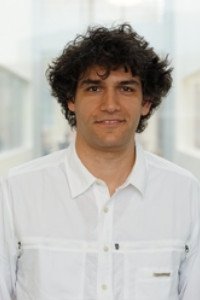
Vlad Pribiag
Associate Professor, School of Physics and Astronomy
Contact
214 Physics And Nanotechnology Building
115 Union St. Se
Minneapolis, MN 55455
Affiliations
Vlad Pribiag
Associate Professor, School of Physics and Astronomy
Research
Biography
Publications & Awards
Advisees & Collaborators